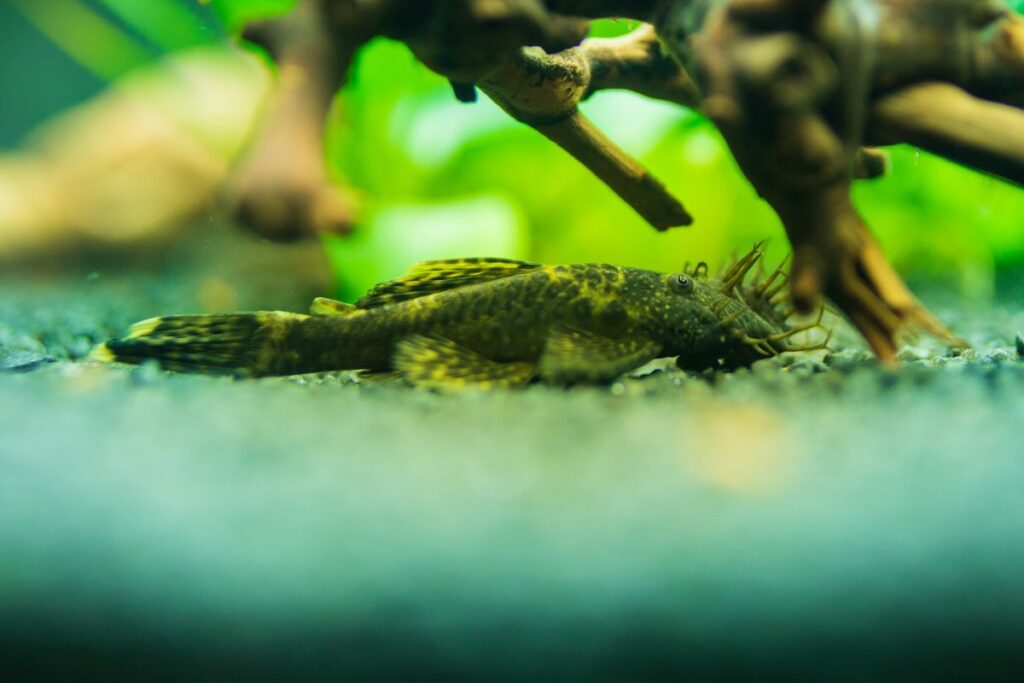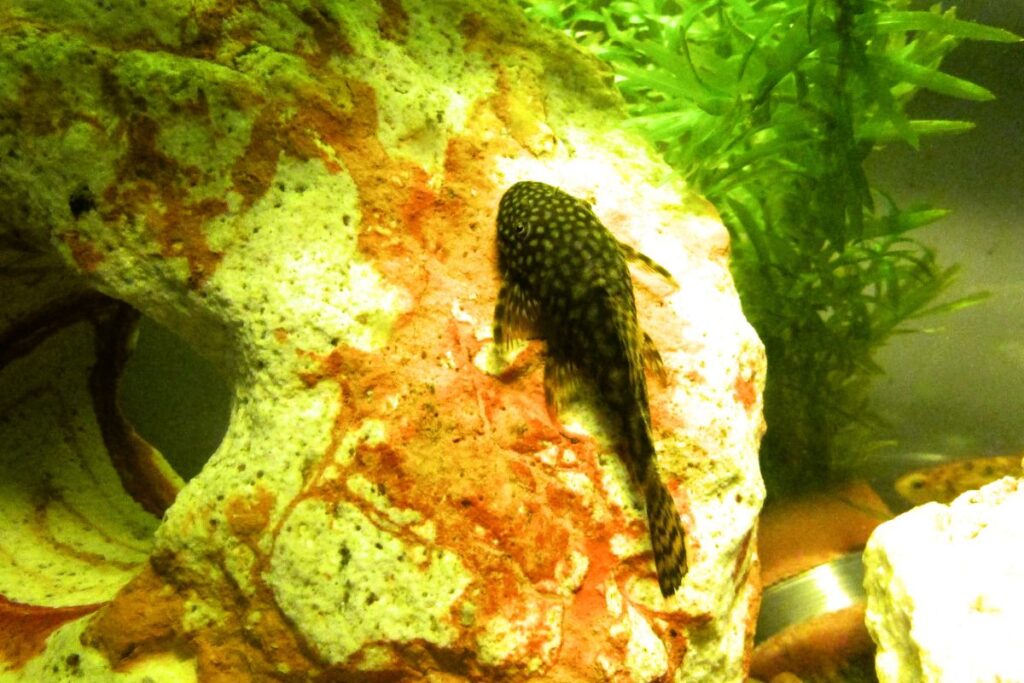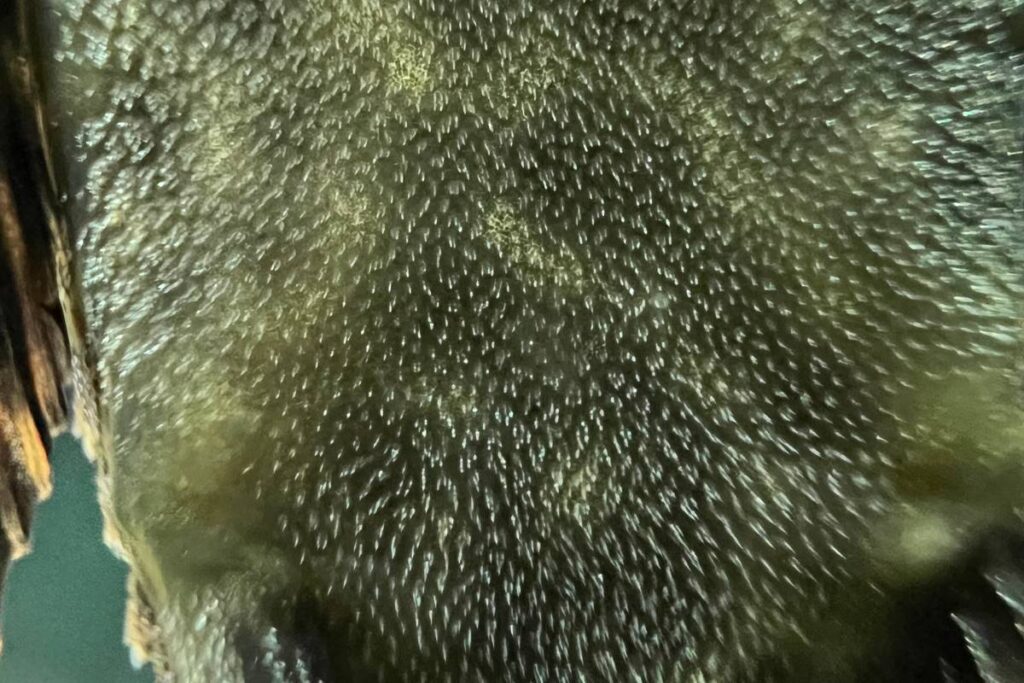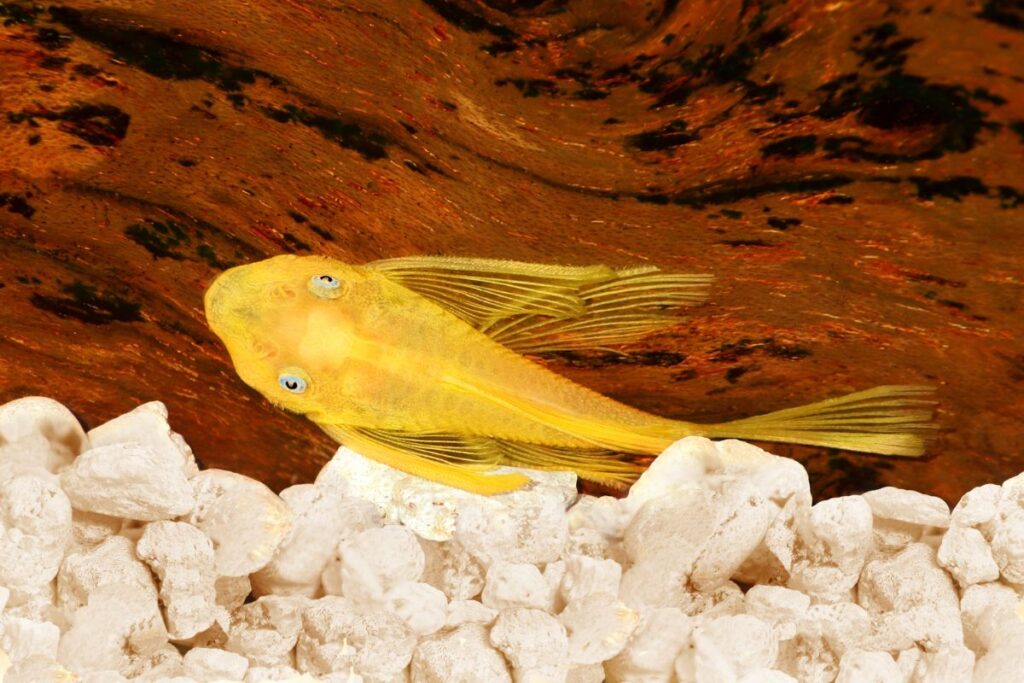Have you ever owned a pleco, the popular freshwater fish often used as a natural algae eater? If so, you may have wondered what happens if your pleco dies. Do they float to the surface or sink to the bottom of the tank?
Generally, Plecos may float when they die due to the buildup of gases in their digestive system. However, this is not always the case and some plecos may sink to the bottom of the tank. It is important to remove any dead fish from the tank promptly to maintain good water quality.
As a former pleco owner myself, I was curious about this question when my own pleco passed away. After doing some research and consulting with experts, I found that the answer is not as straightforward as one might think.
In this article, we’ll explore the topic of whether plecos float when they die and the various factors that can impact their buoyancy.
Whether you’re a current pleco owner or simply curious about this fascinating fish, read on to learn more about what happens when plecos die and why they may or may not float to the surface of the water.

Table of Contents
Plecos Anatomy and Physiology
Plecos Anatomy
Plecos, also known as Plecostomus, are a type of catfish that are commonly kept as pets in aquariums. They have a unique anatomy that sets them apart from other fish.
Plecos have a flattened body with a large head and a mouth that is located on the underside of their body. They have a tough, armor-like skin that protects them from predators and rough environments.
Plecos also have a unique set of teeth that are designed to scrape algae off of surfaces. Their teeth are arranged in rows and are constantly replaced throughout their lifetime. They have a specialized digestive system that allows them to break down tough plant matter and extract nutrients from it.
Plecos Physiology
Plecos are cold-blooded animals, which means that their body temperature is regulated by the environment around them. They have a two-chambered heart and a simple circulatory system. Their gills are used to extract oxygen from the water and remove carbon dioxide from their body.
Plecos also have a lateral line system that allows them to detect changes in water pressure and movement. This helps them navigate through their environment and avoid predators.
I remember when I first got my Pleco, I was fascinated by its unique anatomy and physiology. Watching it scrape algae off of surfaces with its specialized teeth was mesmerizing. It’s amazing how these little creatures have adapted to their environment and developed such unique traits.
Overall, understanding the anatomy and physiology of Plecos is important for their care and well-being. By providing them with the proper environment and diet, we can ensure that they live long and healthy lives.
Plecos Behavior

As a fish owner, it is important to understand the behavior of your fish, especially when it comes to their health. In this section, we will discuss the behavior of plecos, a popular freshwater fish that is known for its algae-eating abilities.
Plecos Behavior in the Wild
Plecos are native to South America and are found in rivers and streams with slow-moving water. In the wild, plecos are nocturnal and spend most of their day hiding under rocks or in crevices. At night, they come out to feed on algae and other small organisms.
One interesting behavior of plecos in the wild is their ability to suck air from the surface of the water. This allows them to survive in areas with low oxygen levels.
Plecos Behavior in Captivity
When kept in captivity, plecos can exhibit different behaviors than when in the wild. They may become more active during the day and spend more time swimming in the open water. This is because they are often fed more frequently in captivity and do not have to spend as much time searching for food.
It is important to note that plecos can become territorial and aggressive towards other fish in their tank. They may also become stressed if they do not have enough hiding places in their tank.
Personally, I have noticed that my pleco becomes more active and playful when I add new decorations or rearrange the tank. This shows that plecos can be stimulated by changes in their environment.
In conclusion, understanding the behavior of plecos is important for their health and well-being. By providing them with a suitable environment and diet, we can ensure that they thrive in captivity.
Plecos Health Issues
As a fish owner, it is essential to understand the common health issues that can affect your plecos. These fish are known to be hardy, but they are not immune to illnesses. In this section, we will discuss the common health issues that can affect plecos and what you can do to prevent them.
Common Health Issues in Plecos

One of the most common health issues in plecos is Ich. Ich is a parasitic infection that causes white spots to appear on the fish’s body. This infection can be caused by poor water quality, stress, or a weakened immune system.
To prevent Ich, it is essential to maintain good water quality and avoid overcrowding the tank.
Another common health issue in plecos is fin rot. Fin rot is a bacterial infection that causes the fins to deteriorate. This infection can be caused by poor water quality, trauma, or a weakened immune system.
To prevent fin rot, it is essential to maintain good water quality and avoid overcrowding the tank. If you notice any signs of fin rot in your plecos, it is crucial to treat it promptly to prevent it from spreading to other fish in the tank.
Death in Plecos
Death is an unfortunate but inevitable part of owning fish. When a pleco dies, it is essential to determine the cause of death to prevent it from happening again.
One common cause of death in plecos is poor water quality. Plecos require clean, well-oxygenated water to thrive, and poor water quality can lead to stress, illness, and death.
Another common cause of death in plecos is overfeeding. Plecos are known for their voracious appetite, but overfeeding can lead to obesity, which can cause health problems and even death. It is essential to feed your plecos a balanced diet and avoid overfeeding them.
Personally, I once had a pleco that suddenly died without any apparent reason. It was a sad experience, and I wished I had taken better care of it. Since then, I have learned the importance of maintaining good water quality and feeding my fish a balanced diet to prevent such incidents from happening again.
Do Plecos Float When They Die?
One of the most common questions asked by pleco owners is whether their fish will float when they die. The answer is yes, plecos do float when they die. This is because of the way their bodies are structured.
Plecos have a swim bladder that helps them regulate their buoyancy in the water. When they die, the swim bladder deflates, causing them to float to the surface. This is a natural occurrence and nothing to worry about.
However, it’s important to note that not all fish float when they die. Some fish, like catfish, sink to the bottom of the tank. This is because they don’t have a swim bladder like plecos do.
When my pleco passed away, I was devastated. I had grown attached to him and it was hard to see him floating at the top of the tank. However, I knew that it was a natural process and that he was no longer suffering. It’s important to give your pleco a proper burial and dispose of the body in a respectful manner.
In conclusion, plecos do float when they die due to the deflation of their swim bladder. While it may be difficult to see your fish in this state, it’s important to remember that it’s a natural occurrence and to give them a proper goodbye.
Why is my pleco floating?

It can be concerning to see your pleco floating at the top of the tank. However, it’s not uncommon for dead plecos to float to the surface. In this section, we’ll explore the reasons why your pleco might be floating.
One reason why your pleco might be floating is due to the decomposition process. When a fish dies, bacteria begin to break down the body, producing gases such as ammonia and methane. These gases can cause the fish to bloat and float to the surface.
Another reason why your pleco might be floating is due to swim bladder disease. The swim bladder is an organ that helps fish control their buoyancy.
When the swim bladder is damaged or infected, it can cause the fish to float uncontrollably. This can be caused by a variety of factors, including poor water quality, overfeeding, and stress.
Personally, I once had a pleco that started to float uncontrollably. I was worried that it might be a sign of a serious health issue.
After consulting with a veterinarian, I learned that my pleco had swim bladder disease. I immediately took steps to improve the water quality and adjust its diet. Within a few weeks, my pleco was back to its normal, healthy self.
If you notice your pleco floating, it’s important to take action quickly to determine the cause and address any underlying health issues. This can involve adjusting the water quality, changing the diet, or seeking veterinary care.
Conclusion
After conducting extensive research on the topic, it can be concluded that plecos do not float when they die. This is because plecos are negatively buoyant, meaning that they sink to the bottom of the tank when they die.
It is important to note that while plecos do not float when they die, they may float after death due to the gases produced during decomposition. This can lead to confusion and misinformation about whether or not plecos float when they die.
As a personal anecdote, I once had a pleco that passed away in my tank. I was initially confused when I saw it floating at the top of the tank, but after doing some research, I learned that this was not typical behavior for a deceased pleco.
It was a valuable lesson in understanding the behavior of my aquatic pets and the importance of proper care and maintenance.
In conclusion, while there may be some confusion surrounding the behavior of plecos after death, it is important to understand that they do not float when they die.
By being informed and knowledgeable about the behavior of our aquatic pets, we can provide the best possible care and ensure their health and wellbeing.
“Learn how to keep your pleco healthy and happy with our Pleco Care 101 guide – the ultimate resource for all pleco owners!”
Reference: Wikipedia.
